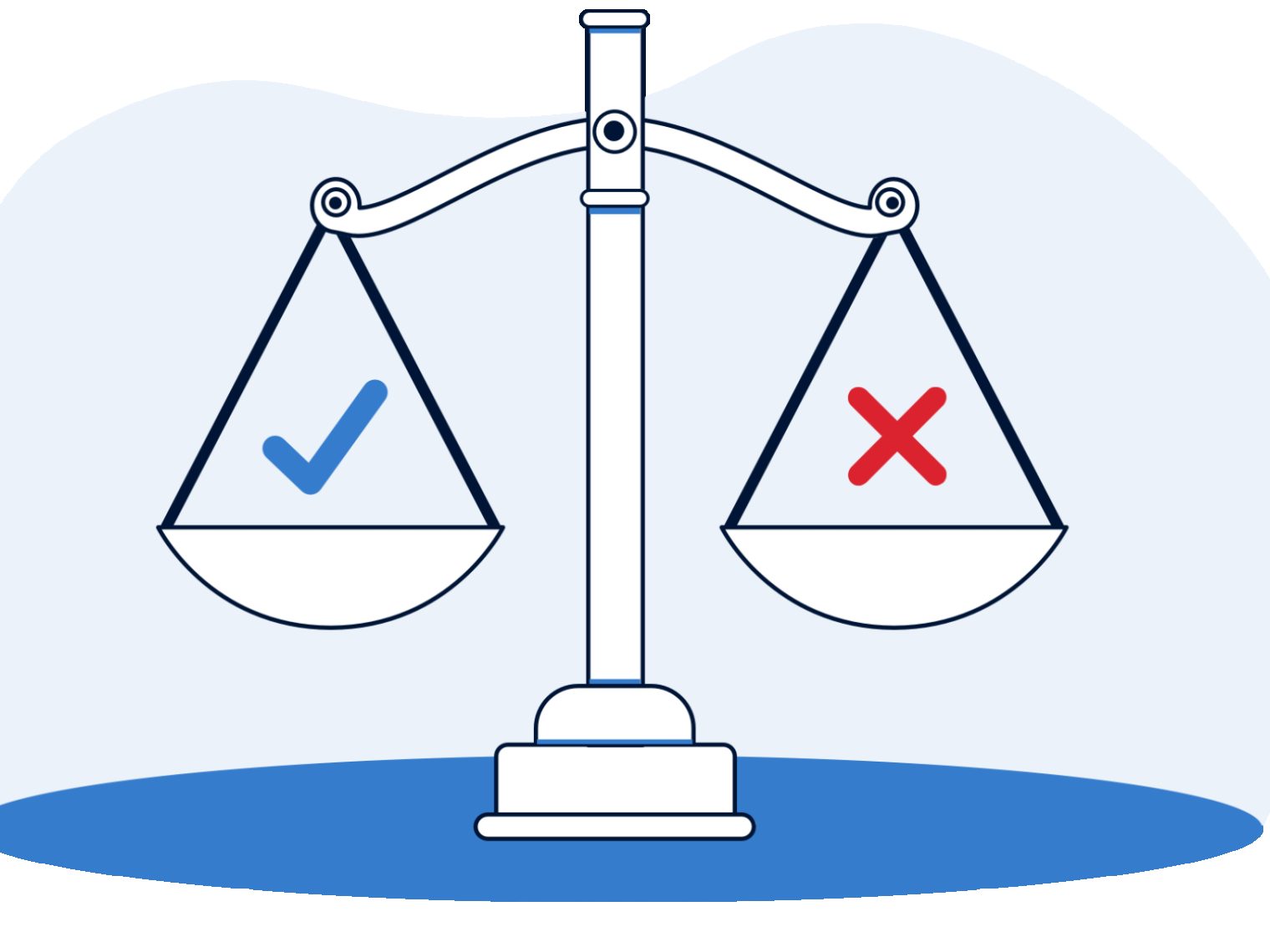Verification of Employment (VOE) is essential for VA lenders to see that you have a reliable source of income and can make your mortgage payments. Guidelines will vary by lender and borrowers should be aware that some employment scenarios can disrupt the VA loan process.
For potential homebuyers who are still working, VA lenders will need to verify your employment situation before closing your loan.
Verification is at the heart of the mortgage process. Lenders want to see that you have a steady income and make sure your employment status hasn't changed as your loan closing approaches.
While it isn't terribly common, some prospective borrowers lose or change jobs between getting preapproved and receiving a “clear to close.” Lenders want to make sure you're still in a position to make mortgage payments on time every month. Any change to your employment or income situation is serious and could potentially derail your VA loan.
How do lenders verify employment for a VA loan?
Guidelines and policies regarding Verification of Employment (VOE) can vary by lender. The good thing is there are a couple of ways lenders can verify employment: verbally or with a formal written document. Typically, VA lenders will look at:
- How long you've been working for your employer
- Your position at the company
- Income information and the likelihood of continued employment
Verbal Verification of Employment (VVOE)
For many borrowers with a single and consistent income stream, a Verbal Verification of Employment (VVOE) can suffice. This can be accomplished with a phone call between the lender and a representative from your employer.
At Veterans United, we typically complete a VVOE no more than ten calendar days before closing for all hourly, salary and commission-income borrowers.
For self-employed VA loan borrowers, we will usually do the following within 30 days of closing:
- Verify the existence of the business from a third party, such as a CPA or governmental agency
- Verify a phone listing and address for the borrower's business
Borrowers must understand the date they sign the note is considered the closing date and should keep the VOE in mind as they move through the mortgage process. Some jobs and employment scenarios can pose unique hurdles.
For example, lenders can run into difficulty verifying employment for teachers who want to close on a loan during a holiday break or over the summer. Speak with your loan officer if the nature of your work might make it more challenging to contact your employer.
Written Verification of Employment
There are times when lenders will conduct a full, written verification of employment. At Veterans United, we typically seek a full VOE if the borrower qualifies with multiple types of income or if there's a discrepancy regarding the borrower's dates of employment.
We may also require a full Verification of Employment for borrowers who receive handwritten paystubs or pursue a loan while on temporary leave from work.
Acceptable Documents to Verify Employment and Income
- Two years of W-2 statements
- Income tax returns
- Most recent pay stubs
- Recent bank statements from checking, savings and retirement accounts
- VA disability awards letter
- Social Security awards letter
- 1099 forms
Can you use an offer letter as proof of income for a VA mortgage?
Depending on the lender, guidelines and policies on future income and employment can vary. Generally, lenders might be able to work with this situation if the new income starts within 30 days of closing. But they would need to take a deeper look at your overall situation to determine potential options.
Verifying Employment While Active Duty
The verification process is a bit different for prospective homebuyers still actively serving in the military. Several different forms may be needed, and additional types of effective income may be accounted for.
How do I verify employment for active military?
To verify active military employment, VA lenders will require a Leave and Earnings Statement (LES) instead of a VOE, which contains the same basic financial information. Active duty members can acquire their LES online by using the MyPay portal.
Base pay counts as stable and reliable as long as the service member isn’t within a year of release from active duty. Lenders can also include a service member’s Basic Allowance for Housing (BAH) as effective income and occassionally other military allowances — clothing, flight pay, combat pay and more — provided they’re verified and expected to continue.
Service members within a year of their release from active duty or the conclusion of their contract term can present a unique challenge.
VOE When Nearing Military Discharge
If your discharge date falls within 12 months of the anticipated date of your loan closing, the lender has to take a few extra steps to satisfy the VA. It makes sense, considering there may be uncertainty regarding the type of job and income that awaits the recently discharged Veteran.
Given those potential question marks, lenders typically have to document at least one of the following five elements, if not more:
- The service member has already extended active duty service beyond that 12-month window
- The service member has a legitimate job offer in the civilian world and can provide information about earnings and other standard data
- Significant underwriting factors that compensate for uncertainty, such as a down payment of at least 10 percent or noteworthy cash reserves
- A written statement from the service member declaring their intent to reenlist or extend service
- A written statement from a commanding officer confirming the member’s eligibility to reenlist or extend service and that it’s likely to go through
Employment Changes Before Closing
Talk with your loan officer immediately if your employment situation changes during the loan process.
Jobs gaps or changes to your employment won't automatically stall your mortgage plans, but lenders will need to take a closer look to assess your ability to repay the loan.
Answer a few questions below to speak with a specialist about what your military service has earned you.
Related Posts
-
 VA Renovation Loans for Home ImprovementVA rehab and renovation loans are the VA's answer to an aging housing market in the United States. Here we dive into this unique loan type and the potential downsides accompanying them.
VA Renovation Loans for Home ImprovementVA rehab and renovation loans are the VA's answer to an aging housing market in the United States. Here we dive into this unique loan type and the potential downsides accompanying them. -
 Pros and Cons of VA LoansAs with any mortgage option, VA loans have pros and cons that you should be aware of before making a final decision. So let's take a closer look.
Pros and Cons of VA LoansAs with any mortgage option, VA loans have pros and cons that you should be aware of before making a final decision. So let's take a closer look.


